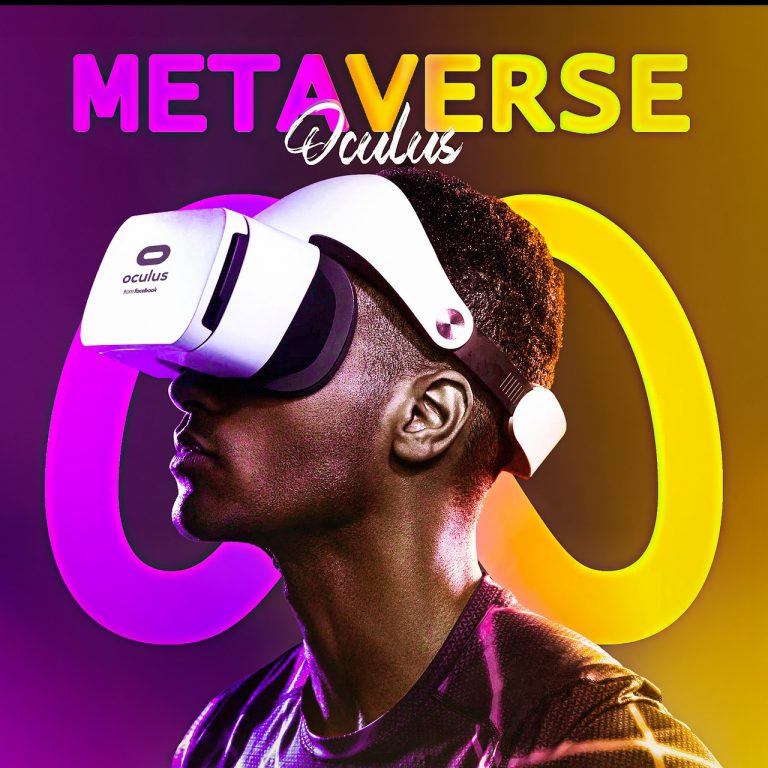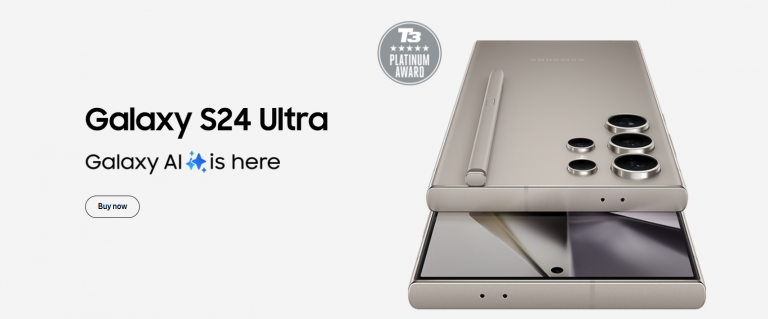The gaming industry has undergone a remarkable evolution, from the early days of pixelated graphics to the immersive, high-definition experiences of today. As technology continues to advance, one of the most transformative developments in recent years has been the rise of cloud gaming services.
Evolution of Gaming
Gaming has come a long way since the days of arcade machines and cartridges. With the advent of the internet, the industry witnessed a significant shift from physical to digital gaming. Players no longer needed physical copies of games; instead, they could download and play them directly on their devices.
Rise of Cloud Gaming Services
In recent years, cloud gaming services have emerged as a game-changer. These platforms allow users to play games directly from the cloud, eliminating the need for high-end gaming hardware. The likes of Google Stadia, Microsoft xCloud, and NVIDIA GeForce Now have become prominent players in this space.
Advantages of Cloud Gaming
The advantages of cloud gaming are evident. Players can access their favorite games from virtually any device with an internet connection. This level of accessibility not only caters to hardcore gamers but also opens up the gaming world to a broader audience. Moreover, cloud gaming eliminates the need for expensive gaming rigs, making it a cost-effective option for many.
Challenges Faced by Cloud Gaming
However, cloud gaming is not without its challenges. The issue of latency, or the delay between user input and on-screen action, has been a persistent concern. Additionally, bandwidth requirements can pose a hurdle, especially in regions with limited internet infrastructure. Ensuring consistent quality of service remains a priority for these platforms.

Technological Innovations Driving Cloud Gaming
Technological advancements play a crucial role in addressing these challenges. Edge computing, which brings processing closer to the user, can significantly reduce latency. The rollout of 5G technology further enhances the potential for seamless and lag-free gaming experiences. Moreover, artificial intelligence is being leveraged to optimize gaming performance and enhance graphics.
Impact on Traditional Gaming Platforms
As cloud gaming gains momentum, traditional gaming platforms, such as consoles and PCs, face a shifting landscape. While dedicated gaming setups still offer unparalleled performance, the convenience of cloud gaming is reshaping user preferences. The accessibility and simplicity of cloud services are influencing how people engage with games.
Popular Cloud Gaming Services
Several cloud gaming services have gained prominence. Google Stadia, known for its integration with YouTube and high-quality streaming, competes with Microsoft xCloud, which leverages the Xbox ecosystem. NVIDIA GeForce Now targets PC gamers, offering the flexibility to play existing PC game libraries on various devices.
Gaming Content and Streaming
The convergence of gaming and streaming services is another noteworthy trend. Platforms like Twitch and YouTube Gaming are integrating with cloud gaming services, allowing players to broadcast their gameplay seamlessly. This integration not only promotes a sense of community but also influences game development and design.

The Future Landscape of Gaming
Looking ahead, the future of gaming seems closely tied to the continued growth of cloud gaming services. Predictions suggest a shift towards a more decentralized gaming experience, with increased interactivity and immersion. Emerging technologies like augmented reality (AR) and virtual reality (VR) are likely to play a pivotal role in shaping this future landscape.
Market Analysis
Market analysts predict significant growth in the cloud gaming sector. With a projected increase in the number of users and a surge in investment, the economic impact on the gaming industry is expected to be substantial. Traditional revenue models, such as game sales, may see adjustments as subscription-based services become more prevalent.
Regulatory Considerations
However, the ascent of cloud gaming is not without challenges on the regulatory front. Legal and policy considerations, including issues related to data privacy and content regulation, require careful navigation. Governments around the world are becoming increasingly involved in shaping the regulatory framework for cloud gaming.
User Experience and Feedback
Understanding user perspectives is crucial in evaluating the success of cloud gaming services. Consumer feedback provides valuable insights into areas that need improvement, helping companies refine their platforms. Reviews and criticisms from the gaming community play a vital role in shaping the ongoing development of these services.
Industry Collaboration and Partnerships
The dynamic nature of the gaming industry is evident in the collaborations and partnerships among tech and gaming companies. Strategic alliances are formed to enhance cloud gaming services, with potential mergers and acquisitions on the horizon. These collaborations aim to create synergies that benefit both players and the industry as a whole.
Conclusion
In conclusion, the future of gaming lies in the hands of cloud gaming services. The accessibility, convenience, and technological innovations offered by these platforms are reshaping the gaming landscape. While challenges persist, continuous advancements and a dynamic industry landscape indicate a promising future for cloud gaming.
FAQs
- What is cloud gaming, and how does it differ from traditional gaming?
- Cloud gaming allows users to play games directly from the internet, eliminating the need for physical copies or high-end hardware. This differs from traditional gaming, where games are installed and played locally on dedicated devices.
- How does cloud gaming address latency issues?
- Technological innovations such as edge computing and 5G technology play a crucial role in minimizing latency, ensuring a smoother gaming experience.
- What are the popular cloud gaming services available today?
- Google Stadia, Microsoft xCloud, and NVIDIA GeForce Now are among the popular cloud gaming services, each offering unique features and gaming experiences.
- How does the integration of streaming services impact gaming content?
- The integration of streaming services like Twitch and YouTube Gaming enhances the social aspect of gaming, allowing players to broadcast their gameplay and engage with a broader audience.
- What role do artificial intelligence and 5G technology play in cloud gaming?
- Artificial intelligence optimizes gaming performance, while 5G technology enhances connectivity, contributing to a seamless and lag-free cloud gaming experience.











+ There are no comments
Add yours